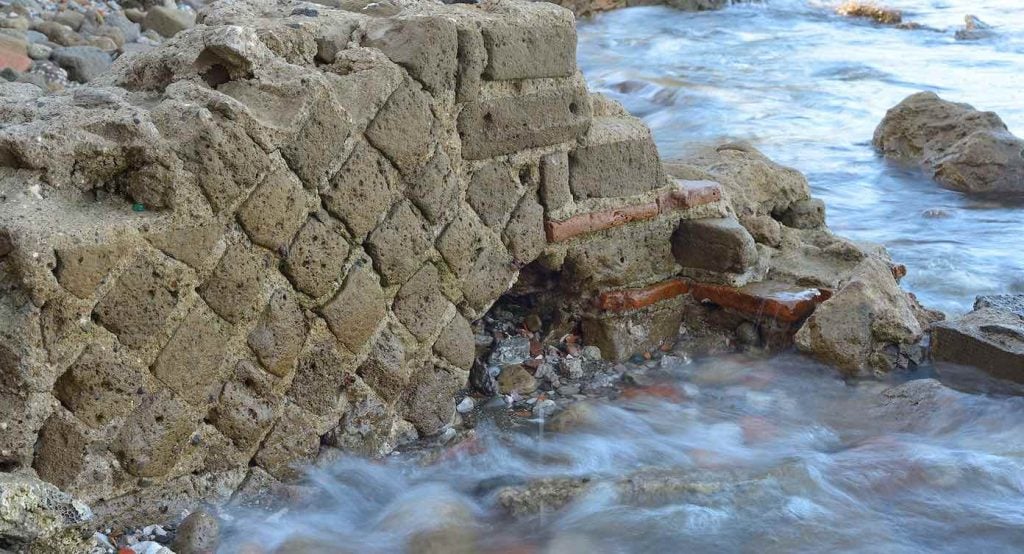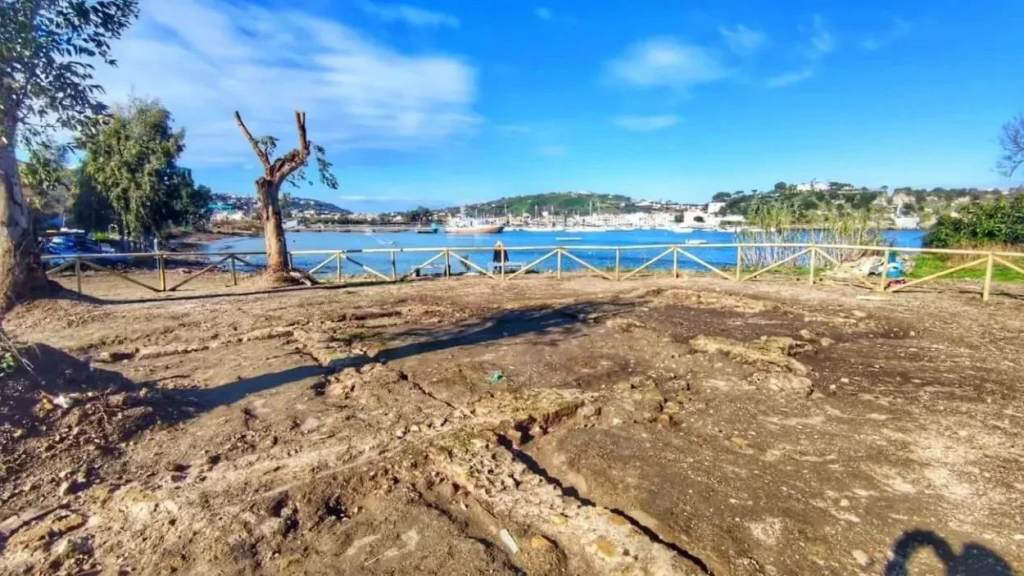Archaeology & History
Newly Discovered Ancient Roman Villa May Have Been the Home of Pliny the Elder
The ruins were discovered on the former site of an illegal beach development.

Philosopher Pliny the Elder is known for texts like Natural History (77–79 C.E.) and for his role as a naval and army commander in the Roman Empire. Now, researchers have discovered the remains of a sizable Roman villa that may have been associated with the great polymath.
The complex includes 10 large rooms, from various phases of construction, marked by a distinctive form of Roman brickwork known as cubilia, which uses diamond-shaped bricks. Experts say that the villa may have been more than 300 feet long. The Superintendency of Archaeology, Fine Arts, and Landscape for the Naples Metropolitan Area (SABAP) said the latest discovery was of “exceptional significance.”

Remains of the villa in Miseno. Photo: Soprintendenza Archeologia.
Experts believe the villa to have been erected in the first century C.E. It was uncovered during an urban renewal project in Bacoli, near the Bay of Naples, on a site previously occupied by an illegal beachside development called Lido Piranha, which the SABAP described in a press release as an “unauthorized eco-monster” that degraded the area, which is of considerable archaeological significance.
The site is near Punta Saparella, on the coast of Cape Miseno, at the northwest edge of the Bay of Naples. Also at the site was a significant Roman port. Pliny was in charge of the naval fleet at the time of his death. He was asphyxiated as he tried to stage a rescue operation during the eruption of Mount Vesuvius, which also destroyed the nearby city of Pompeii.
The site of the villa would have provided a sweeping view of the surrounding coastline and the gulf, making it an ideal home for the naval prefect.
More Trending Stories:
A Case for Enjoying ‘The Curse,’ Showtime’s Absurdist Take on Art and Media
Artist Ryan Trecartin Built His Career on the Internet. Now, He’s Decided It’s Pretty Boring
I Make Art With A.I. Here’s Why All Artists Need to Stop Worrying and Embrace the Technology
Sotheby’s Exec Paints an Ugly Picture of Yves Bouvier’s Deceptions in Ongoing Rybolovlev Trial
Loie Hollowell’s New Move From Abstraction to Realism Is Not a One-Way Journey





